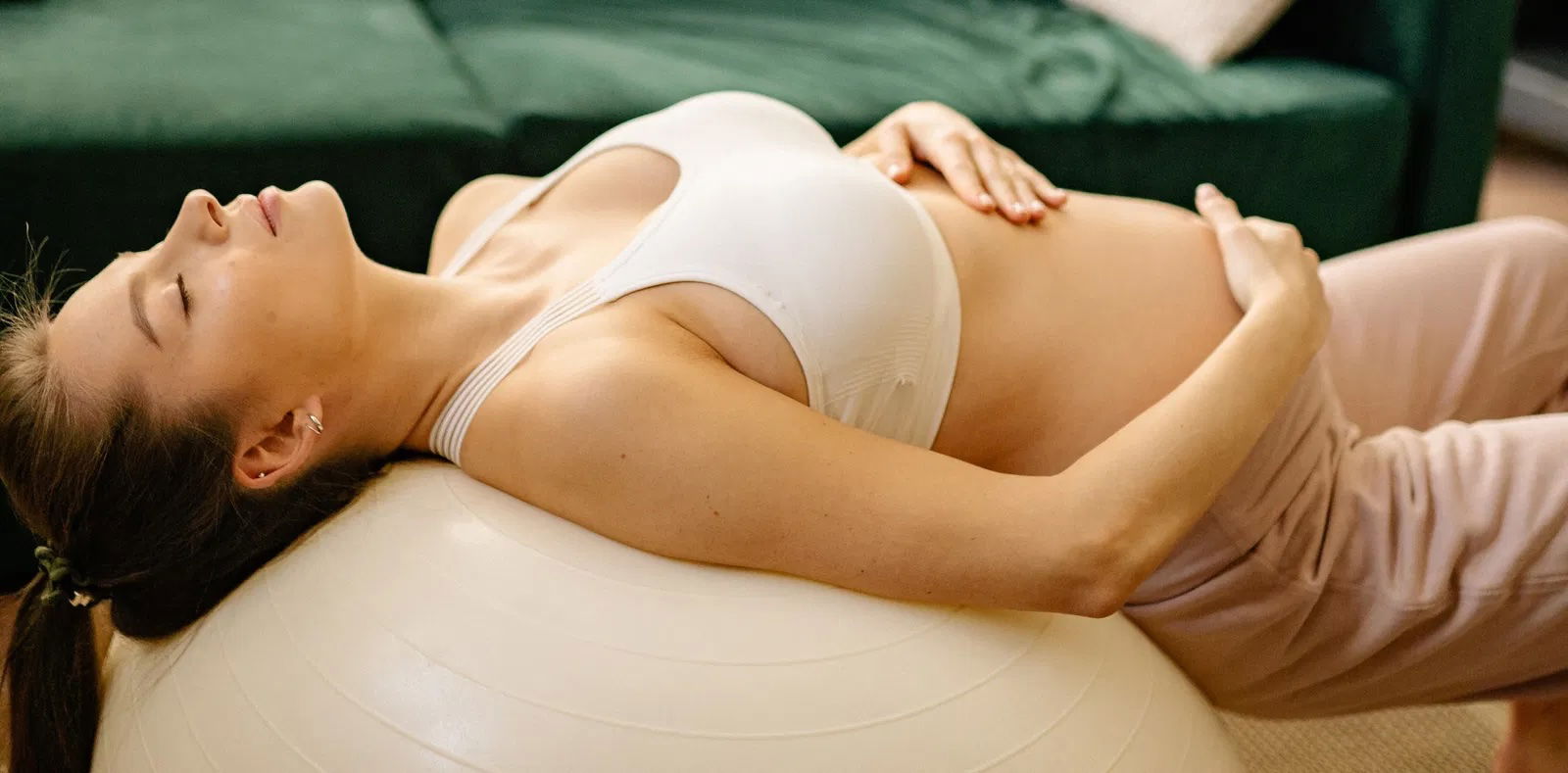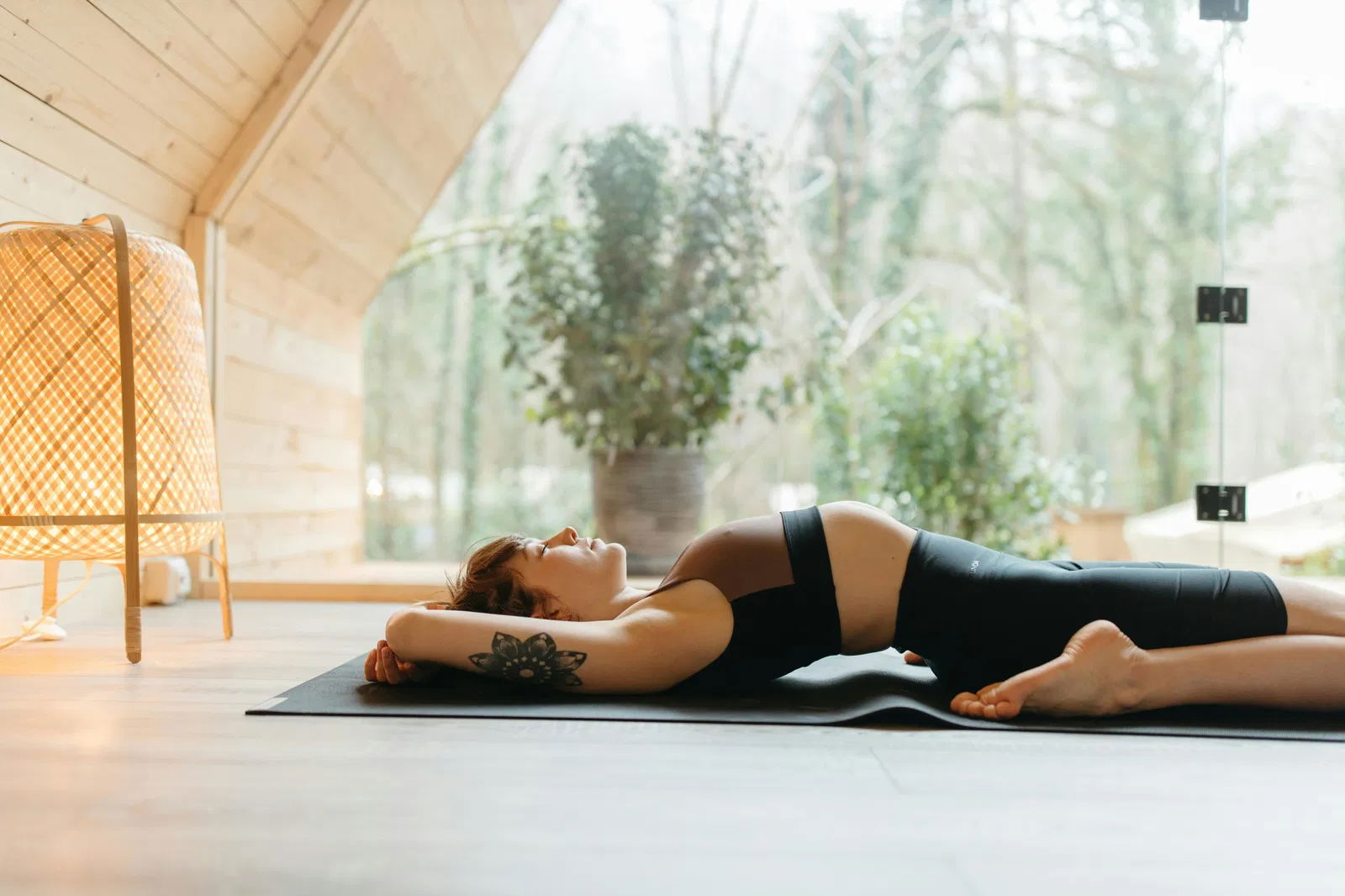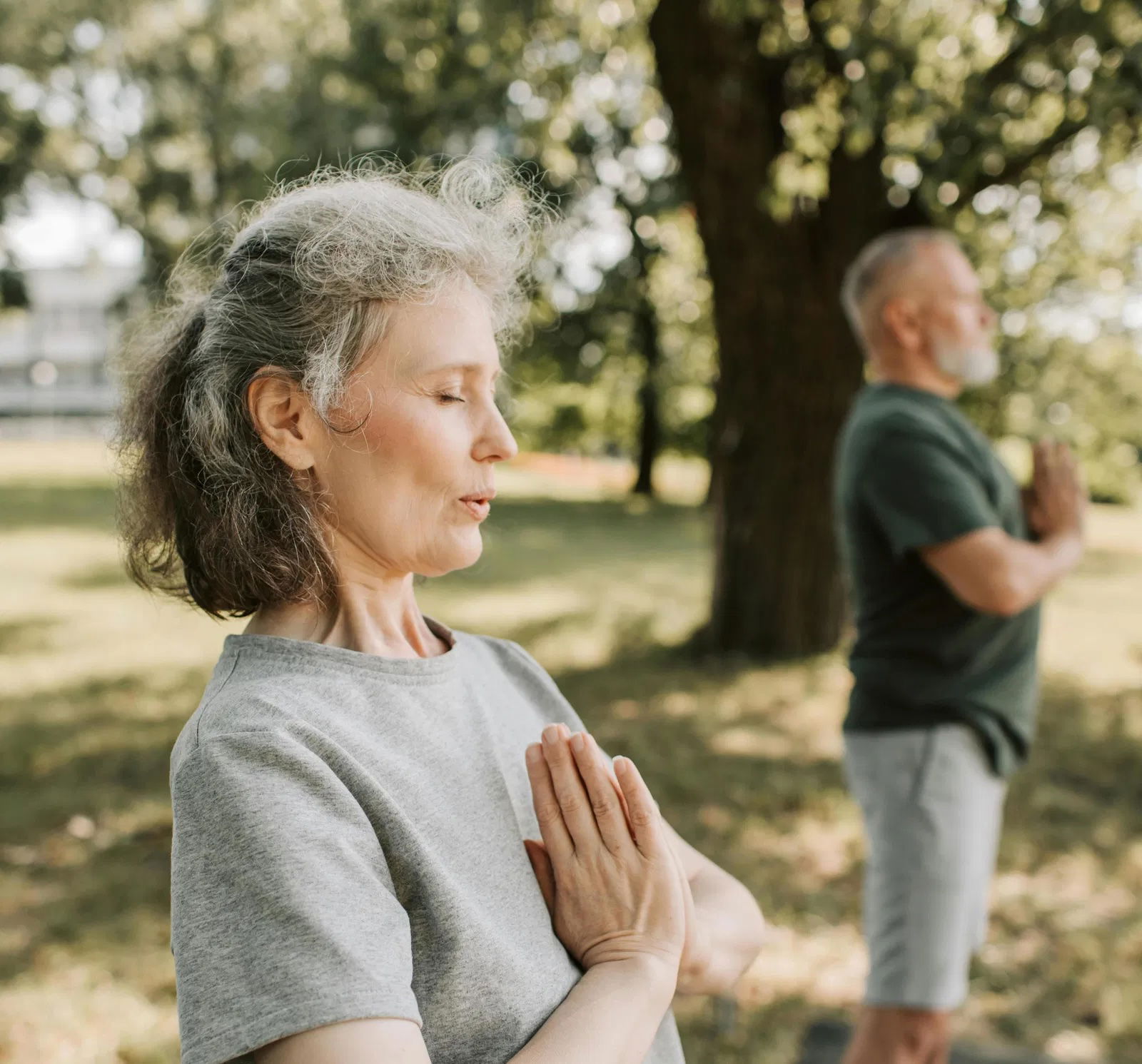Our breathing tells us a lot about our state of mind. When you are relaxed, you have low, steady abdominal breathing. This changes when you are stressed. Shallow breathing can lead to more tension in your body. Time to change this! The only question is: How do you get your breathing back under control?
Abdominal breathing: the most relaxed breathing

What do we do while breathing?
From the moment we are born, everyone is focused on you breathing. As soon as you start crying, relief reigns. This is because crying then equals the ability to breathe. But what actually happens when we breathe?
During breathing, the air we breathe flows through the nose or mouth through the trachea to the lungs. Here the oxygen from the air is absorbed and released into the blood. Our heart then pumps the oxygen through our body.
Exhaling also has its own process. The body uses oxygen in burning nutrients. This creates energy, water and carbon dioxide. We need the energy to live; water is carried out through the kidneys, skin and exhalation; and carbon dioxide, our body's waste product, is carried to the lungs through the blood and finally exhaled. This all happens in a matter of a few seconds.
What happens when you can't control your breathing?
However, not everyone experiences the above process with the same ease. You may also find yourself not breathing in and out enough air. This immediately affects the oxygen (which decreases)- and carbon dioxide (which increases) levels in the blood. This results in hypoventilation, which can literally be translated to "little breathing.
If you are tense, nervous or stressed you may experience hypoventilation. It is not bad to experience this a few times. Only when there is prolonged hypoventilation can symptoms develop. Examples are:
- Poor appetite
- Problems concentrating
- Headache
- Perspiration
- Bad dreams
If you find that you feel the above symptoms recurring regularly, it is wise to become more conscious about your breathing. This can really provide relief. But how do you improve your breathing when this is generally an unconscious process?
Abdominal breathing: how does it work?
If you want to reduce hypoventilation, it is important to find breathing that you can do consciously. Awareness here involves returning to the basics of breathing. Then we come to abdominal breathing. With abdominal breathing, not only do you make sure you breathe more consciously, but you also get rid of tension from your neck and shoulders. Win-win situation! You can apply this breathing right away when you feel tense.
In fact, as you read this, you can take a moment to become aware of your abdominal breathing. If you breathe in now with your mouth closed, you will already notice that the abdomen expands. As you exhale, the abdomen returns to its original position.
Do you feel it? That's the beginning of applying the so-called abdominal breathing.
Meditating through abdominal breathing
With the above way we did describe abdominal breathing very succinctly. It helps you become calmer again in a situation where you cannot control your breathing. To benefit from this for a longer period of time, we recommend that you apply abdominal breathing more often through meditation exercises.
You can already do a meditation exercise by following the steps below:
- Sit or lie down in a way that feels comfortable for you
- Focus your attention on your belly. To make it easy for yourself, put your hands on your belly
- Inhale deeply through the nose and feel your belly rising
- Exhale through the mouth and feel your belly going down again
- The exhale always takes a little longer than the inhale.
If you do this exercise for 5 minutes, you will already notice changes in your breathing and feel the tension in your body disappear. In our app you will find many more exercises in which abdominal breathing plays a major role. In fact, it forms the basis of all exercises. Once you have abdominal breathing under control, you can apply other ways to meditate.
Next time you feel your breathing quickening, find a quiet place and remember: belly out, belly in.
Written by:




















